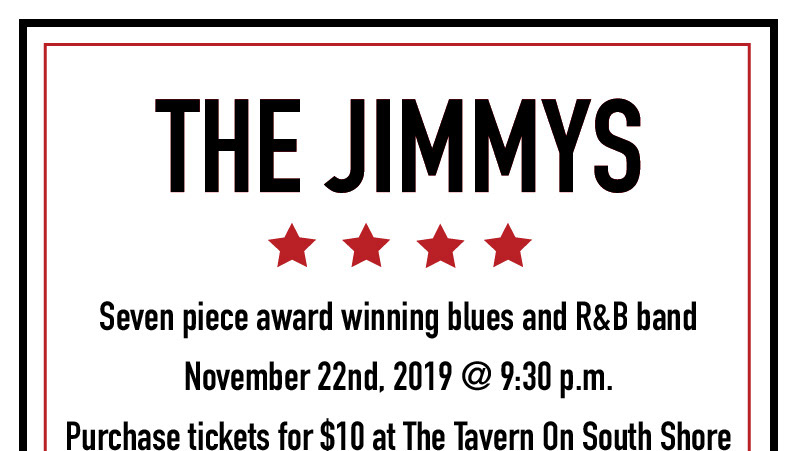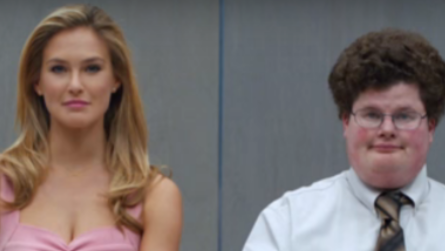Wonder
The trait theory is distinguishing the quality or characteristic; an individual's relatively consistent way of thinking, feeling, and behaving across situations (Littlejohn 52). For this paper, Auggie Pullman was observed in the movie Wonder and how the Traits he has effects social behavior. Pullman has a facial deformity and is beginning his first day of fifth grade after being homeschooled all his years. The five-factor model of the Trait Theory includes; neuroticism, extraversion, openness, agreeableness, and conscientiousness.
Neuroticism is the tendency to feel vulnerable, anxious, and unstable emotionally (Littlejohn 52). Pullman is petrified to start his first day of school and experiences a lot of bullying and asks his mom, "Why do I have to be ugly?" Pullman has developed the neuroticism trait under the Trait Theory through the vulnerability of his facial deformity, the anxiety behind being the new kid at school, emotionally unstable from experiencing immense amounts of bullying.
Extraversion is the trait under the Trait Theory that consists of a person's social able, assertive, and optimistic personality traits (Littlejohn 52). Pullman knows that he isn't an ordinary kid but is more than capable of doing everything a normal kid can do. He discusses how his birth was "hilarious," and after 27 surgeries, they still weren't capable of making him look "ordinary." He is incredibly smart and intuitive. When he first met some of his classmates, he corrected their grammar, responding with the backfiring remark, "Maybe my mom can homeschool you too." Pullman is more than capable of conversation and assertiveness, and these examples show proof of these traits. He is optimistic and finds comfort in looking at the positive sides of things like the humor of the negatives.
Openness is the trait that includes the curious, creative, independent, and imaginative (Littlejohn 52). Auggie was given an astronaut helmet as a gift. It became his hideaway when he didn't want to be seen but needed to leave his room; this would be considered creative and imaginative. It comforted him and made him dream he really was in another place. He showed independence when he was asked to stand in front of his class and introduce three things about himself, and it took just about everything he had. Pullman designed a science fair project that was out of the ballpark and won first place for its creativity and brilliance.
Agreeableness is the cooperative and sympathetic trait under the trait theory (Littlejohn 52). The manner in which personality is conceived also affects the ways in which clinical psychologists and other professional psychologists, social scientists, and administrators approach their task (Argyle, Little). Pullman's teacher asks, "Auggie, are you okay? You know you are not alone?" he responds, "I'm okay, I know." Auggie Pullman is a good sport. He rises above the bullying to the best ability and doesn't openly admit to his parents he is terrified of school. Pullman knows he is not alone and is above the children who are judgmental and try to put him down.
The last trait of the five-factor model is conscientiousness. The quality, conscientiousness, means self-discipline and organization (Littlejohn 52). "My mom always told me if you don't like where you are just picture where you want to be," said Pullman. Jack Will,
Pullman's best friend, said horrible things about him to be cool. It wrecked Pullman's self- esteem, but then Jack Will realized how much he valued his relationship with Auggie Pullman and fixed it.
Wonder is a media sample that represents various social behaviors. Wonder demonstrates the power of kindness between two people. It shows that sticking up for one another and kindness makes a person stronger and feel valued. The power of kindness is shown through social behavior between Auggie and his classmates when they stick up for him to the bully, Julian. Through Pullman's Agreeableness quality, he understands the people who make him feel this way are weak. Auggie Pullman seems to know he is above the bullies no matter how bad it hurts.
Social behavior is shown through the mainstream view of a fifth-grader attending school for the first time with a craniofacial disorder. Bullying can, unfortunately, be mainstream, and these effect social behavior considering the harmful effects of bullying. Disabilities that are visible in a person's physical characteristics, or through their speech or action, can lead other students to bully them, like this case with Auggie Pullman. Other disabilities are less visible, such as learning disabilities or behavior disorders but might still result in bullying. In fact, children with disabilities are bullied in schools and online about twice as often as children without disabilities (Rose, Simpson, & Moss 2015).
The movie shows the social behavior of finding common ground. We may differ in ways, but that doesn't mean we don't have similarities as well. We should be sending children to school with the knowledge of empathy for others who may stand out as "different." Encouraging the social behavior of empathy and how their actions may affect other children may lead them to stick up for someone else when they see nasty behavior.
Most importantly, Wonder shows the social behavior between children and their developing skills to be there for kids who may appear different than them. Mr. Tushman, the principle at Pullman's school, says to Julian's parents, "He can't change his face." Criticizing a person for something they cannot change may lead to adverse effects all caused by social behavior.
Social behavior can be positive or negative. An adverse social action in the movie Wonder is the bullying leading Auggie Pullman to want to be isolated. His astronaut helmet may show his creativity and imagination – but you cannot hide from the real world. He used this astronaut helmet to avoid social behavior with anyone he may not wish to. The social practice of isolating yourself may grow to be unhealthy. Father Pullman tries to solve this detrimental social, behavioral act by hiding his helmet. In doing so, forces Auggie to begin his everyday facing reality which was to his first-year public school experience.
Traits are distinguished from states, which are considered more temporary conditions affected by situational factors and intentions at a particular moment in time (Littlejohn 52). The traits described above are traits that would develop due to the situation Pullman was in at the time.
At the end of the movie, Auggie Pullman's personality is understood through these traits. His every day is affected through social behavior because of his craniofacial deformity. When applied to Wonder, the Trait Theory shows five distinct social behaviors. The power of kindness. The effects of a craniofacial deformity. To find common ground with peers. The unhealthiness of isolation. The understanding of someone looking different does not mean to treat them differently.
Works Cited
Littlejohn, Stephen W., N/A. Theories of human communication. Waveland Press inc. 2017.
Littlejohn, Stephen W., N/A. Theories of human communication. Waveland Press inc. 2017.
Rose, C. A., Simpson, C. G., & Moss, A. (2015). The bullying dynamic: Prevalence of involvement among a large-scale sample of middle and high school youth with and without disabilities. Psychology in the Schools, 52, 515-531.
Argyle, M. and Brian R. Little. Theory of Social Behaviour. Do Personality Traits Apply to Social Behaviour? 2(1). April 1972.







